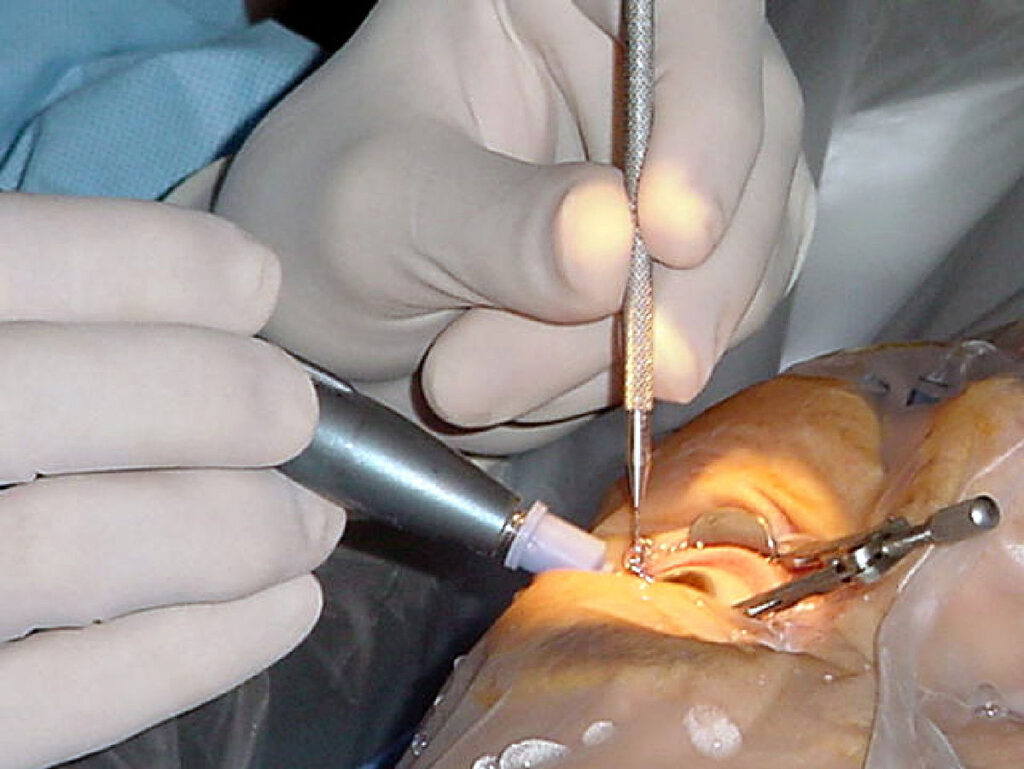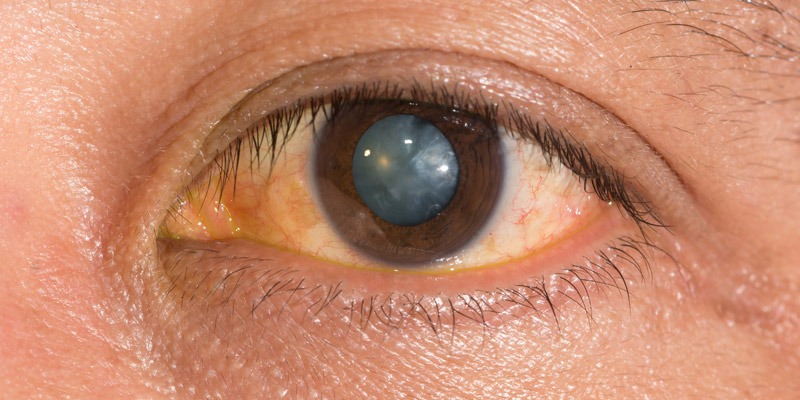Contents
What is Cataract Surgery?
The cataract surgery procedure is the only effective treatment for cataracts. It is a safe and painless procedure that typically takes only about 10 minutes. During the surgery, the doctor removes the clouded natural lens and replaces it with a new artificial lens. This not only restores clear vision but can also significantly reduce the need for glasses.
Cataracts are a common condition where a white layer forms on the natural lens of the eye, leading to impaired vision. This issue affects almost everyone over the age of 50. In the early stages, cataracts can be easily treated, but if left untreated, they can progress to a mature stage, making treatment more challenging and potentially leading to blindness.
Cataract Surgery Procedure
Cataract surgery involves a precise and minimally invasive process. Initially, a small incision is made in the eye, followed by the use of an ultrasonic machine to break the cataract into tiny pieces. These pieces are then gently removed using suction. Once the cloudy lens is removed, a clear artificial lens is implanted in its place. This entire procedure typically takes only 10-15 minutes.
Key Features of Modern Cataract Surgery
- Minimally Invasive:
- The surgery involves a very small incision, reducing the risk of complications and promoting faster healing.
- Ultrasonic Assistance:
- An ultrasonic machine is used to break the cataract into small fragments, making it easier to remove and ensuring a smooth procedure.
- No Stitches Required:
- The small incision heals naturally, eliminating the need for stitches.
- No Injections or Eye Patches:
- Unlike traditional methods, modern cataract surgery does not require injections or eye patches, making the process more comfortable for patients.
- Quick Recovery:
- Patients are sent home immediately after the surgery and can resume their day-to-day activities as early as the next day.
Techniques of Cataract Surgery

At EyeMantra, we offer all modern techniques for cataract surgery, including SICS, Phaco, MICS, and Robotic Cataract Procedures:
SICS (Small Incision Cataract Surgery):
- This is the oldest procedure, involving the manual removal of the cataract.
- Recovery time is approximately 5 to 10 days.
- Often used when the cataract is too mature to be broken by laser.
Phacoemulsification (Phaco):
- Uses an advanced machine to break the clouded lens into small pieces with ultrasound waves.
- These pieces are then removed through a 3-4mm incision, and a new lens is inserted.
MICS (Micro-Incision Cataract Surgery):
- An advanced form of Phaco.
- Uses special foldable lenses that fit through a 2mm incision.
- Results in quicker recovery and better outcomes compared to SICS.
Robotic Cataract Surgery:
- Involves robotic assistance for certain steps, like breaking the lens.
- Provides precise and efficient results.
Types of Artificial Lenses Used in Cataract Surgery
The results and cost of cataract surgery largely depend on the type of artificial lens used. There are four main types:
- Monofocal Lenses:
- Improve distance vision, but glasses are needed for close work.
- Options include Hydrophilic and Hydrophobic lenses.
- Hydrophilic lenses attract water and can accumulate impurities over time.
- Hydrophobic lenses resist water and impurities, offering better vision quality.
- Multifocal Lenses:
- Provide clear vision for both near and far distances, reducing the need for glasses.
- Suitable for activities like reading and driving but might require glasses for intermediate distances like computer use.
- Can cause glare or halos for some users.
- Trifocal Lenses:
- Offer clear vision for near, intermediate, and far distances.
- Useful for tasks requiring intermediate vision, like using a computer or mobile phone.
- Premium options include coatings for UV protection and blue light filters.
- EDOF (Extended Depth of Focus) Lenses:
- Provide extra depth, ensuring clear vision for both distance and intermediate ranges.
- Require minimal use of glasses for very close work.
- Popular due to their crisp vision without glare or halos.
- Toric Lenses:
- Recommended for patients with astigmatism.
- Options like Acriol Toric and Alcon Toric are available.
Conclusion
Cataract surgery is a highly effective and safe procedure that can significantly improve your vision and quality of life. With advancements in surgical techniques and a variety of lens options, patients can achieve excellent outcomes tailored to their specific needs. At EyeMantra, we offer state-of-the-art surgical procedures, including SICS, Phaco, MICS, and Robotic Cataract Surgery, along with a range of artificial lenses to ensure optimal results.
Choosing the right lens is a crucial decision, as it affects your vision permanently. Whether you opt for Monofocal, Multifocal, Trifocal, EDOF, or Toric lenses, each type has its unique benefits and considerations. Our experienced team is here to guide you through the process, ensuring you make an informed choice that suits your lifestyle and vision requirements.
Don’t let cataracts cloud your vision. Contact Eye Mantra today to book a free consultation and take the first step towards clearer, brighter vision.
